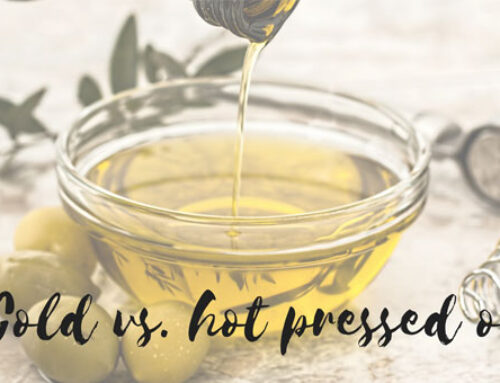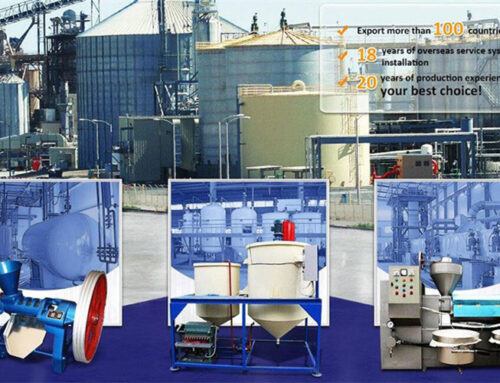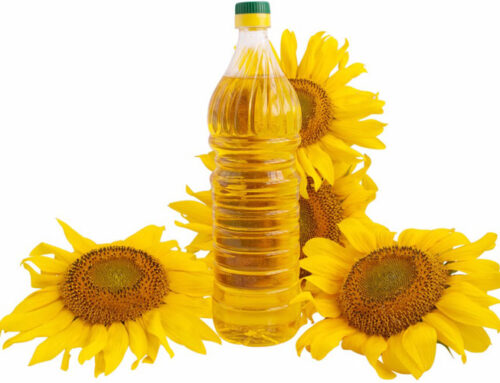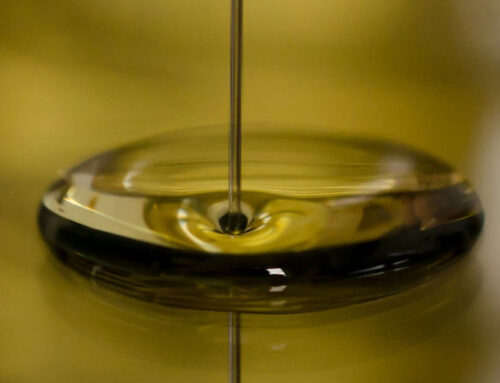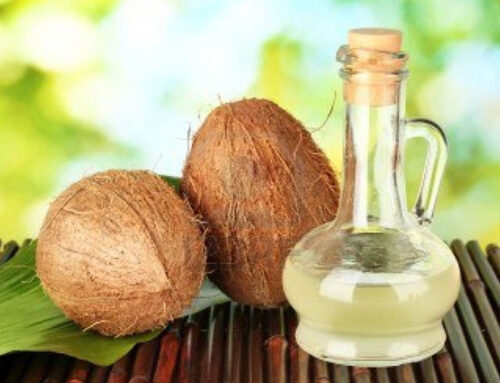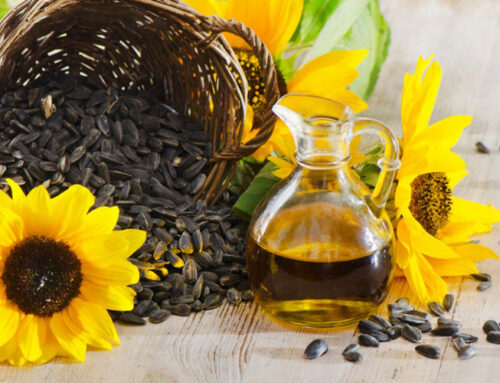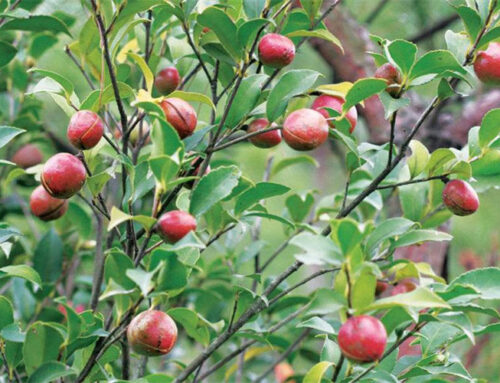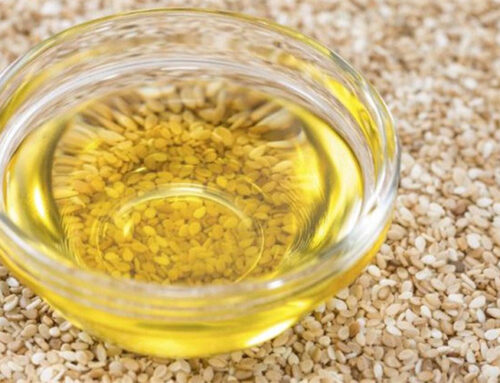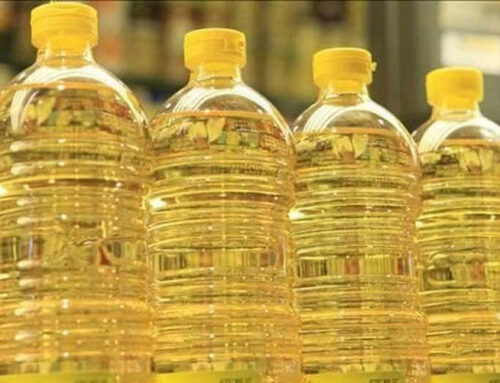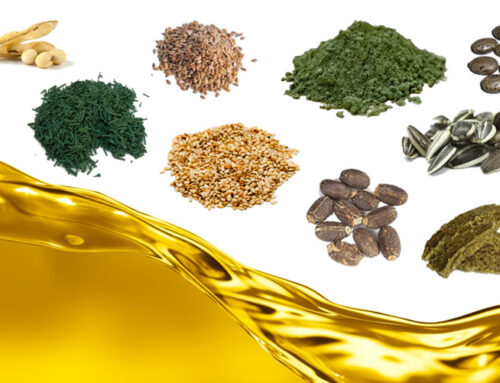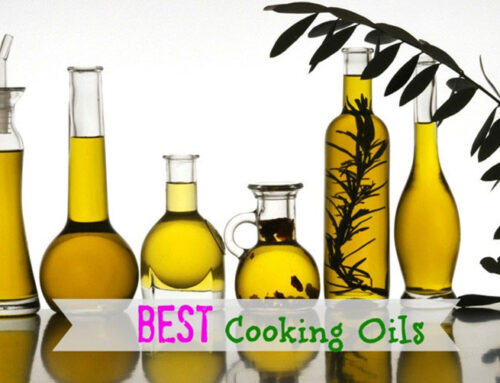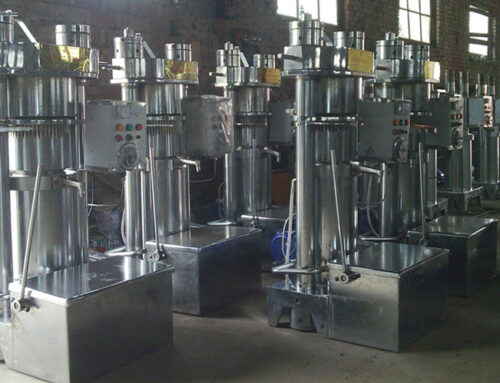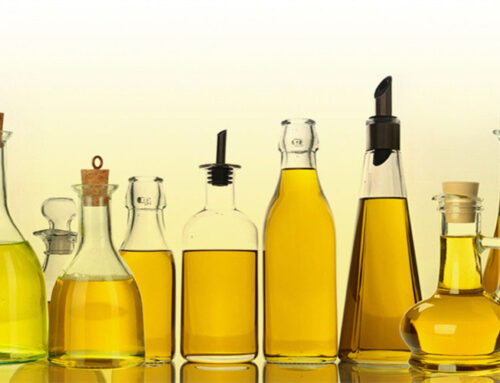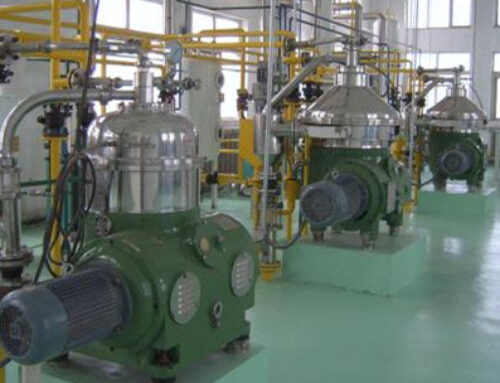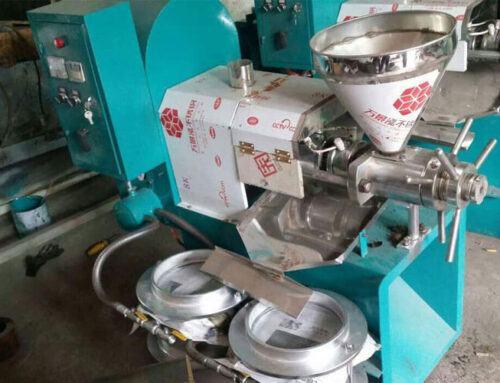In the edible oil production line, after pressing, we get the crude oil. The main constituent of it is triglyceride, know as neutral oil. Other substances are impurities, among them are fat-soluble impurities. Knowing about the fat-soluble impurities can help us better understand the refining process.
1. Free Fatty Acid
Free fatty acid, FFA for short, comes from oil seeds and the decomposition of triglyceride affected by the heat or lipolytic enzyme in oil production. Usually, its content in crude oil is 0.5%-5%, while that in old rice bran oil and palm oil can reach 20%.
FFA can cause pungent smell and promote the hydrolytic rancidity and oxidative rancidity of oil. It can also corrode the equipment. Free fatty acids are removed through the neutralization process and deodorization process.
2. Sterol
Corn germ oil and wheat germ oil has a high content of sterol. Sterol can be changed into vitamin D by ultraviolet rays. Cholesterol will affect the oil quality. Phytosterol and fatty acid can create esters. With other substances, the glycoside is produced.
The soapstock formed in neutralization process can attach and remove few sterols. Most sterols are removed in the bleaching process. Some are removed during deodorization.
3. Tocopherol
Vitamin E is a mixture of tocopherol. It has antioxidation effect for the oil. Tocopherol should be retained in the refining process.
4. Pigment
Pigments can affect the appearance and performance of the oil. Chlorophyll and phaeophytin can be activated by visible light or NUV, expediting the oxidative rancidity of oil. When carotene is oxidized to a certain degree, it will promote the oxidative rancidity of oil. Pigments can be removed by bleaching process.
5. Hydrocarbon
Squalene is most widely distributed hydrocarbon and has a high content in olive oil and rice bran oil. It has antioxidation effect, but when fully oxidized it will become an oxygen aid. Oxidized squalene polymer is a kind of carcinogen. The special smell and taste of some oil are related to high carbon unsaturated hydrocarbons.
6. Wax and Fat Alcohol
Rice bran oil, cottonseed oil, sesame oil, corn germ oil and wheat germ oil has a high content of wax. Wax appears as crystalline solid at room temperature. They are dispersed in oil, so that the oil is cloudy and has a bad transparency, affecting its appearance and quality. Fat alcohol is the main constituent of wax. Many fat alcohols possess physiological activities and can be utilized. Wax and fat alcohol are removed in the dewaxing process.
7. Special Impurities
The crude oil of some oilseeds contains special impurities. The gossypol in cottonseed oil should be reduced as much as possible for its toxicity and color. Free gossypol can react with caustic soda and create phenoxide which can attach to the soapstock and then be removed. The color of sesame oil can turn deep with the existing of sesamin. Other special impurities that should be removed include ricinine in castor oil and saponin in Camellia oil, for they can affect the quality and color of the oil.
8. Other Fat-soluble Impurities
During the production, storage and transportation of oil, monoglyceride, diglyceride, and glycerol are produced by hydrolysis.
Aldehyde, ketone, acid, and peroxide are produced after oxidization of oil. Trace metal ions exist in oil as the result of pollution of environment, equipment or package. These impurities must be removed as some of them are the catalyst of hydrolytic rancidity, while some can result in bad smell, affecting the quality and stability of the oil.





